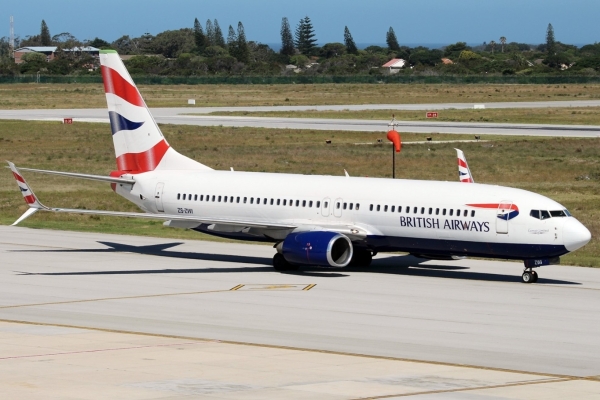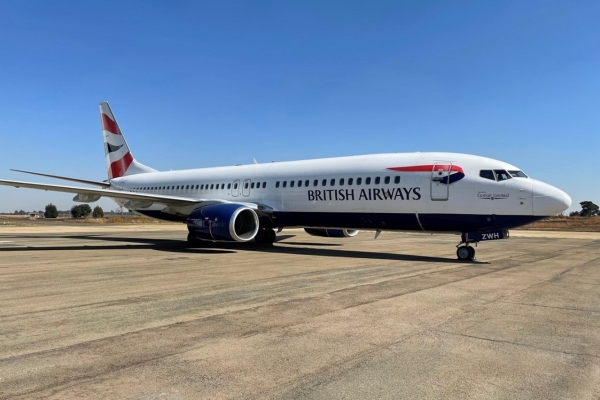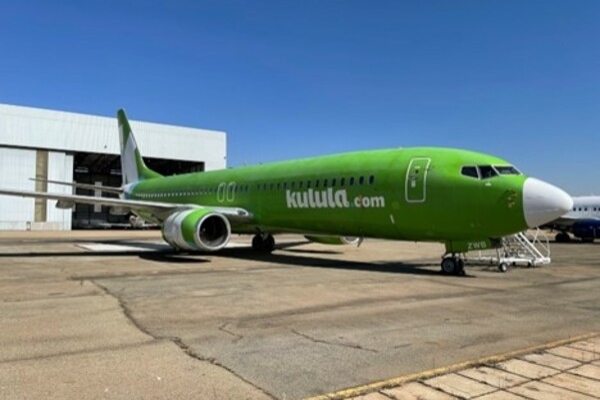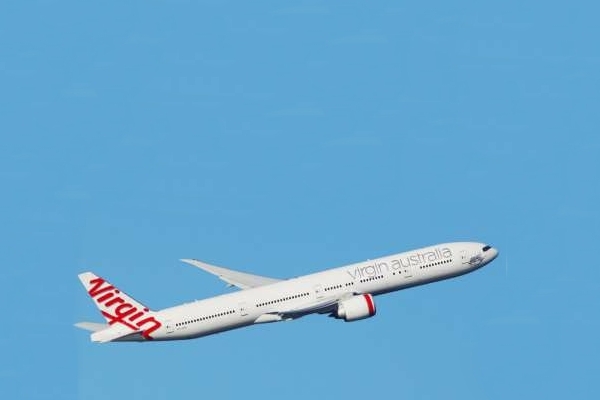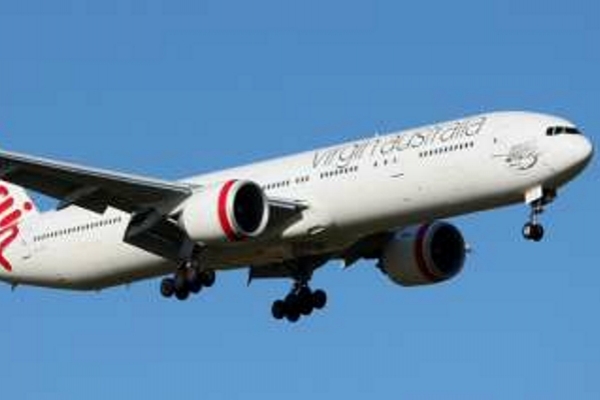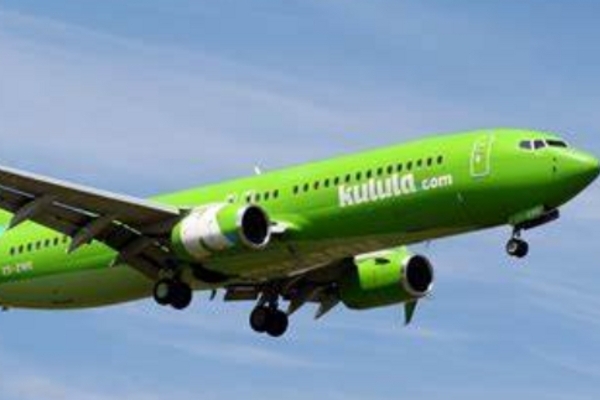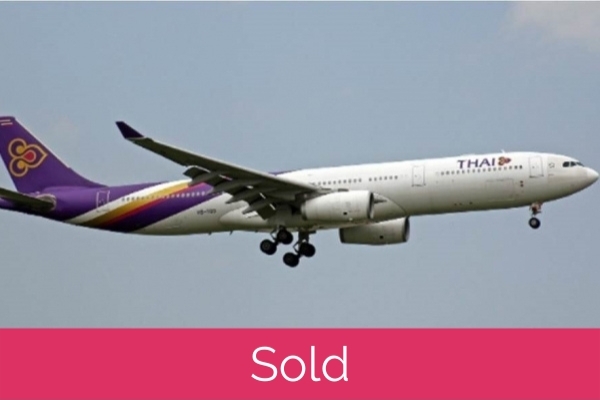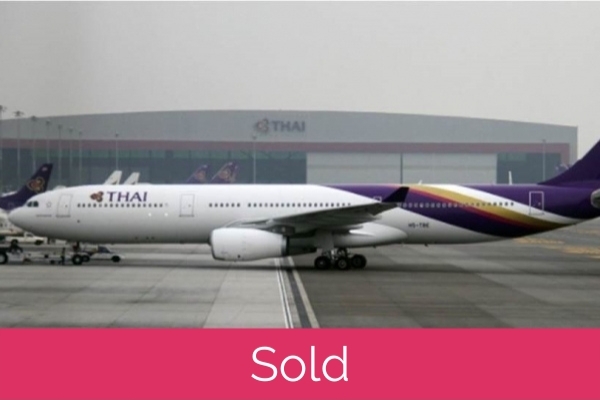Bringing aviation assets to a successful conclusion
IBA has a proven track record for placing aircraft, engines and helicopters. If you are planning to sell or lease an aviation asset, we would be happy to discuss your requirements. We will work with you to bring your aviation assets to a successful conclusion.
